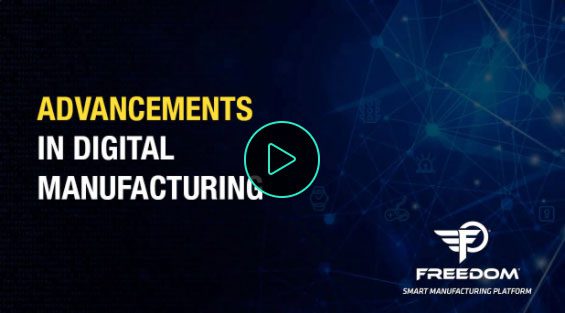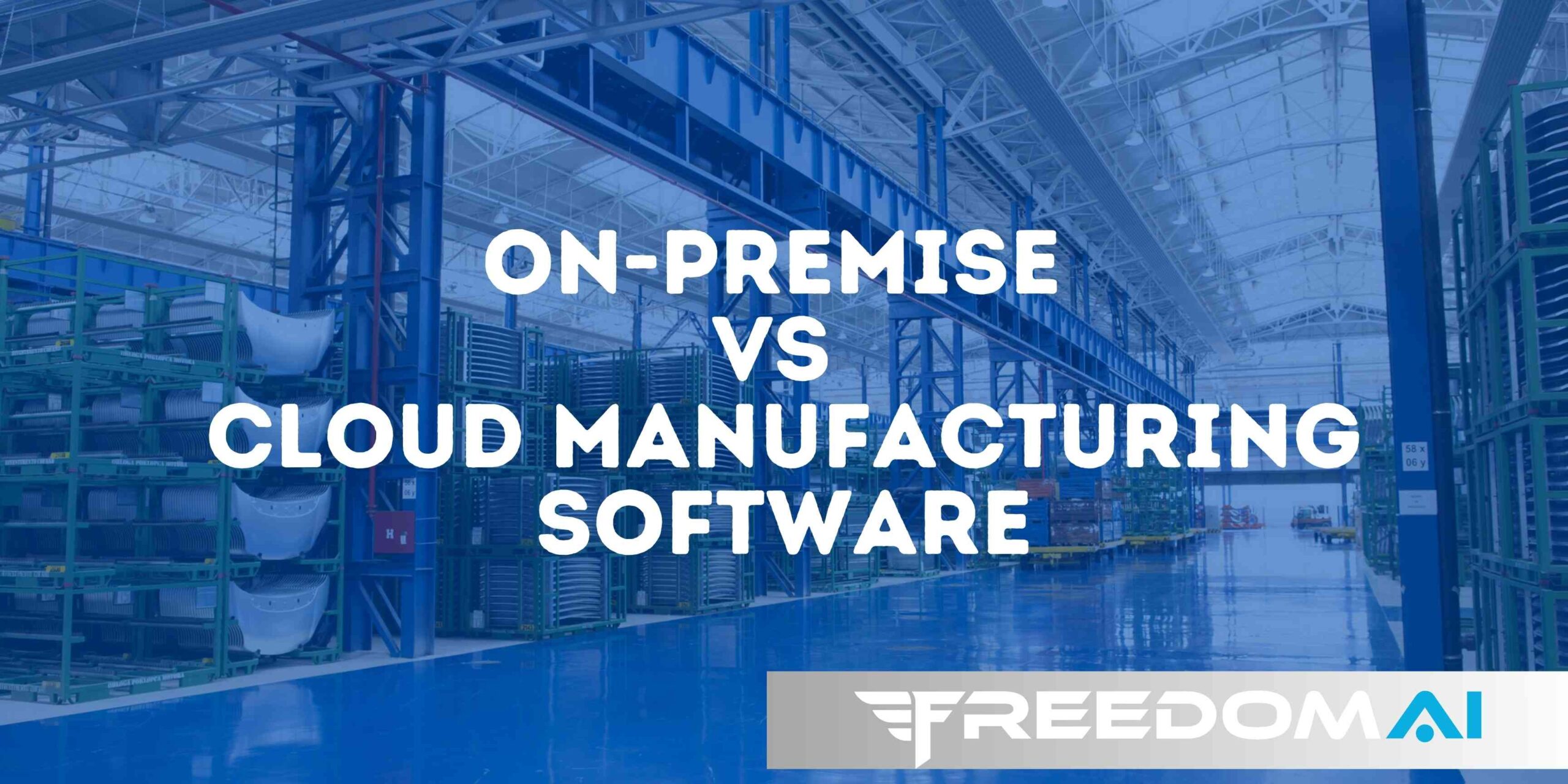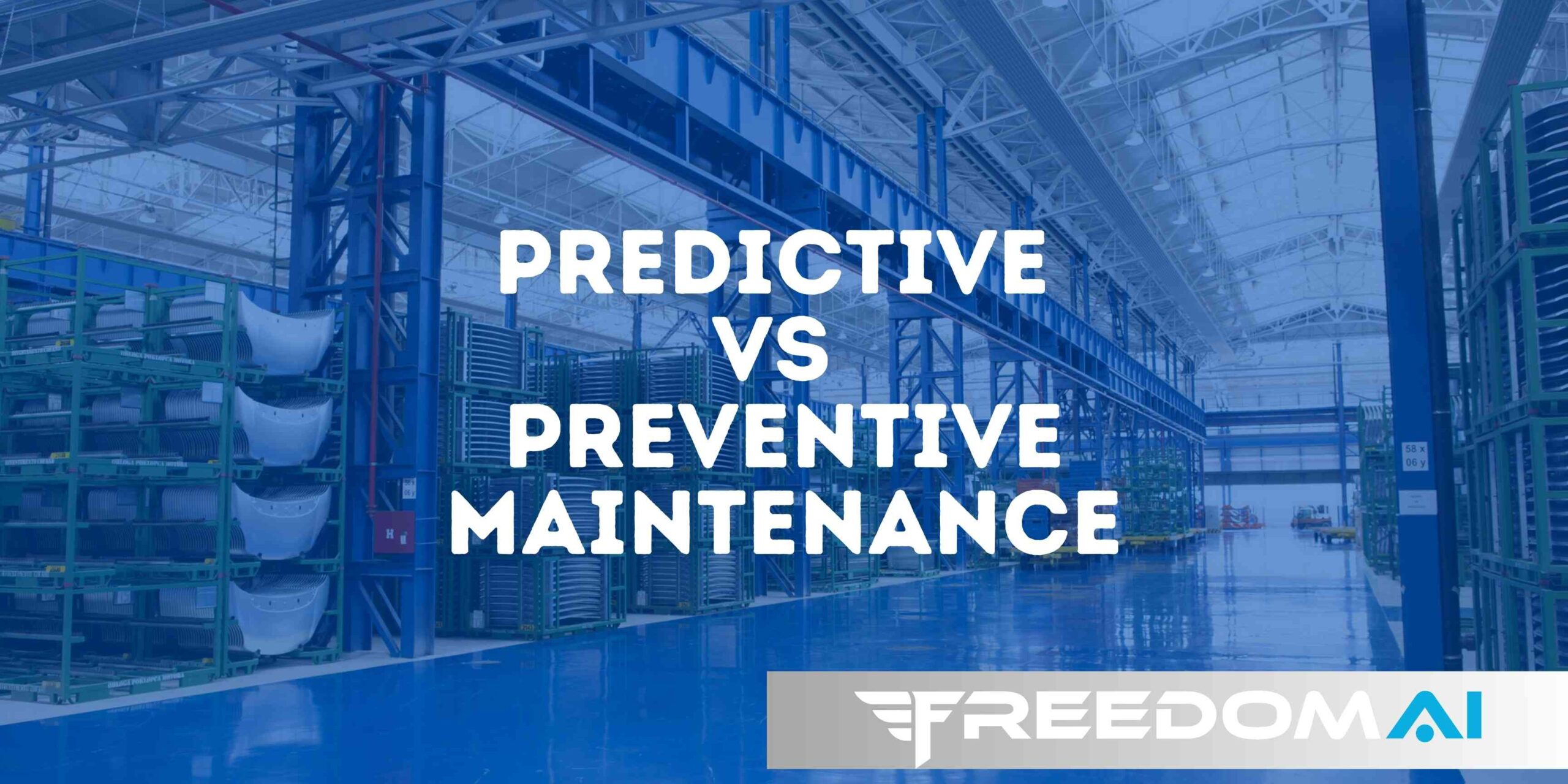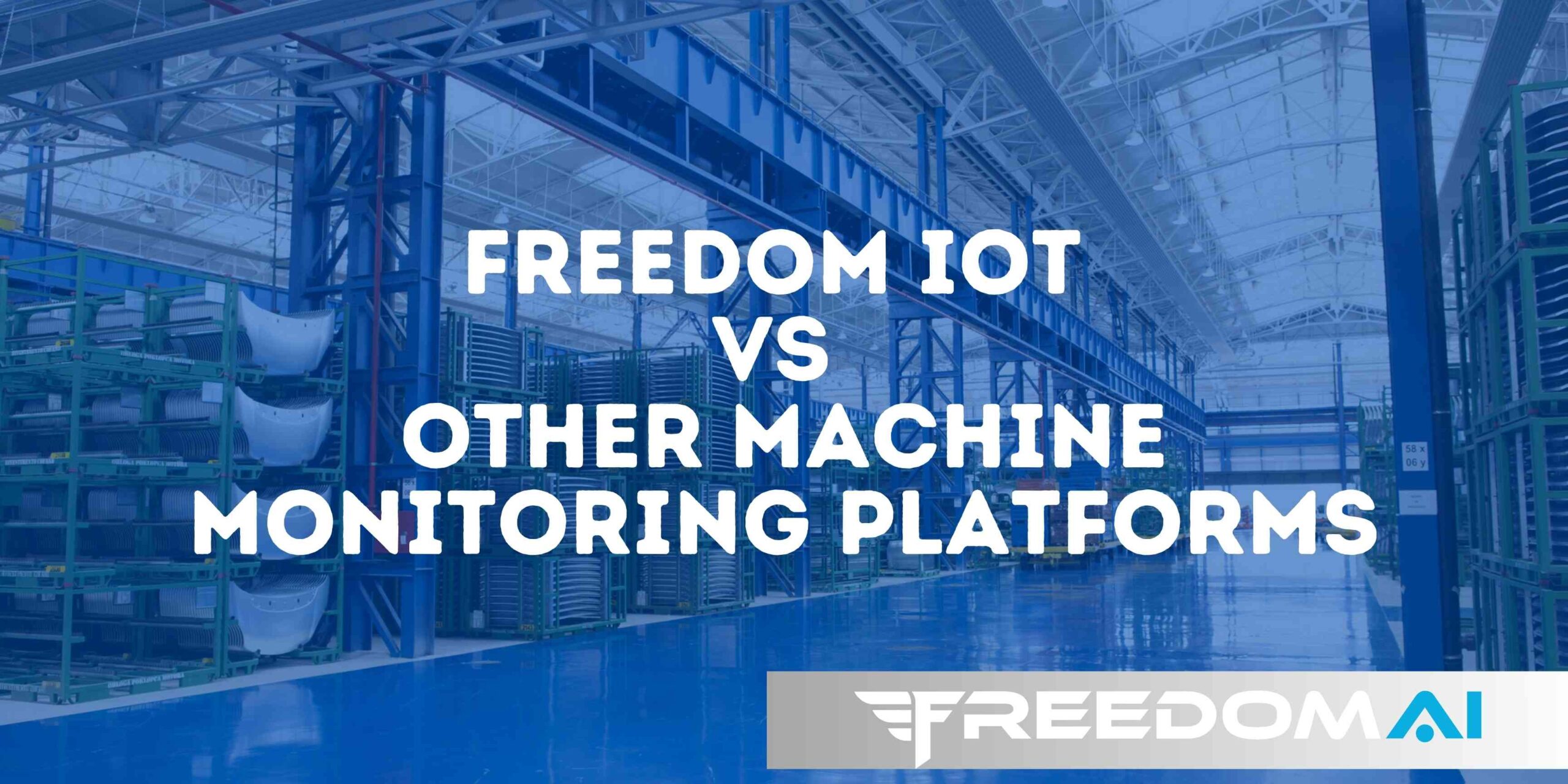Introduction: Why This Comparison Matters
Manufacturers today face a critical decision: should they invest in on-premise manufacturing software or move operations to the cloud? The answer impacts everything from data security and scalability to integration with shop floor machines. Choosing the right path ensures long-term ROI and operational efficiency.
At Freedom IOT, we see companies succeed with both models—but only when aligned with their strategy, IT infrastructure, and compliance requirements.
What is On-Premise Manufacturing Software?
On-premise software is installed and hosted locally within a manufacturer’s facility. The company owns and maintains the servers, infrastructure, and IT team that support it.
- Best for: Companies requiring complete control over data, custom integration with legacy machines, and strict compliance environments.
- Example use cases: Aerospace, defense, or pharmaceutical plants with strict regulatory standards.
What is Cloud Manufacturing Software?
Cloud-based software is hosted on remote servers (public or private) and accessed through the internet. The provider handles updates, maintenance, and scalability.
- Best for: Companies that want faster deployment, lower upfront costs, and scalability without heavy IT investment.
- Example use cases: Growing manufacturers looking for flexible expansion and real-time collaboration across multiple plants.
Key Similarities
- Data Collection: Both support machine data collection via protocols like MTConnect and OPC UA.
- Integration: Both can integrate with ERP, MES, and CMMS systems.
- Decision Support: Both provide dashboards, analytics, and OEE tracking.
Key Differences (At a Glance)
| Feature | On-Premise | Cloud |
| Deployment | Installed on local servers | Hosted by provider, accessed online |
| Cost Model | Higher upfront CapEx + ongoing maintenance | Lower upfront, subscription-based OpEx |
| Security | Controlled in-house | Shared responsibility with provider |
| Scalability | Limited by local infrastructure | Virtually unlimited, elastic scaling |
| Updates | Managed by internal IT | Automatic updates from provider |
| Access | Primarily on-site | Remote, multi-location access |
| Integration with Legacy Systems | Stronger support for older machines | Requires connectors/APIs |
Pros and Cons of Each
On-Premise Manufacturing Software
Pros:
- Full control over data and security
- Better support for legacy/older machines
- Customizable to unique processes
Cons:
- Higher upfront costs (hardware + IT staff)
- Slower scalability
- Longer implementation time
Cloud Manufacturing Software
Pros:
- Lower upfront cost, predictable subscription fees
- Fast deployment and scalability
- Easier multi-site collaboration and data access
Cons:
- Requires stable internet connectivity
- Data security depends partly on provider
- Less flexibility for legacy systems
Freedom IOT Recommendation: Why Not Both?
The reality is not “either-or.” Many manufacturers are adopting a hybrid approach—running mission-critical applications on-premise while leveraging the cloud for analytics, scalability, and cross-site reporting.
Freedom IOT supports both models:
- On-Premise: Direct connectors to legacy machines, compliance-friendly local hosting.
- Cloud: Real-time dashboards, automatic updates, and seamless scalability.
- Hybrid: Combine both for maximum flexibility, security, and long-term ROI.
Comparison Table: Features Side-by-Side
| Category | On-Premise Software | Cloud Software |
| Protocol Support | MTConnect, OPC UA, custom drivers | MTConnect, OPC UA, APIs |
| Interoperability | High with legacy systems | High with modern systems, requires connectors for older machines |
| Ease of Use | Depends on internal IT support | User-friendly, provider-managed |
| Cost Model | CapEx heavy, long-term ownership | OpEx subscription, flexible scaling |
| Security | In-house control | Shared responsibility (provider + client) |
| Updates & Maintenance | Managed by IT team | Automatic via provider |
| Scalability | Limited by server capacity | Elastic, on-demand |
| Accessibility | On-site only | Anywhere with internet |
Conclusion
The decision between on-premise and cloud manufacturing software depends on your priorities—control, cost, security, or scalability. Many manufacturers today choose a hybrid model that balances the best of both worlds.
Freedom IOT is built to support this flexibility, ensuring that whether your plant stays on-premise, moves to the cloud, or runs hybrid, your data flows seamlessly and securely.





